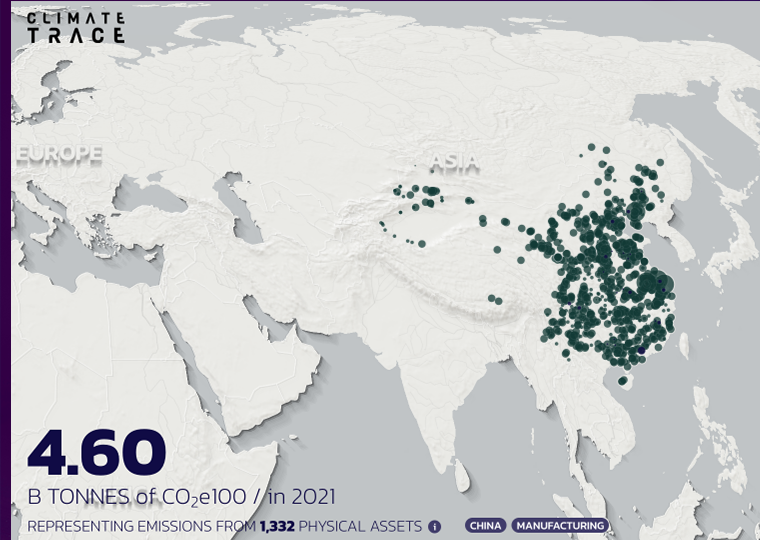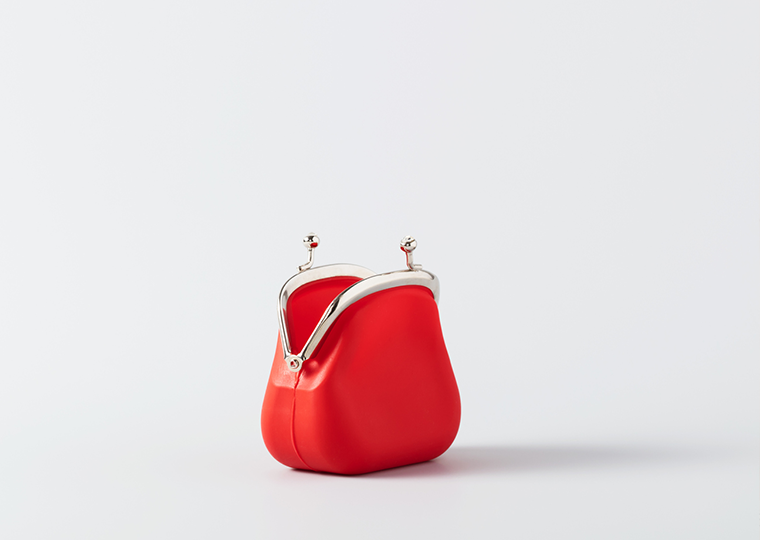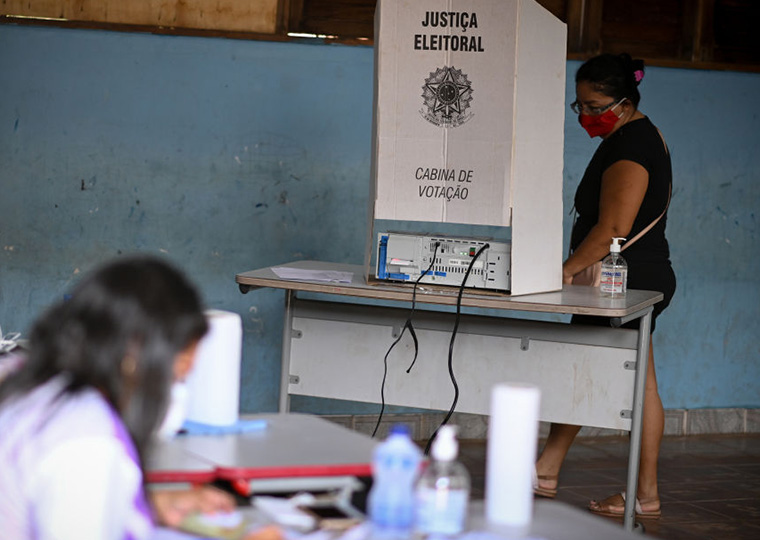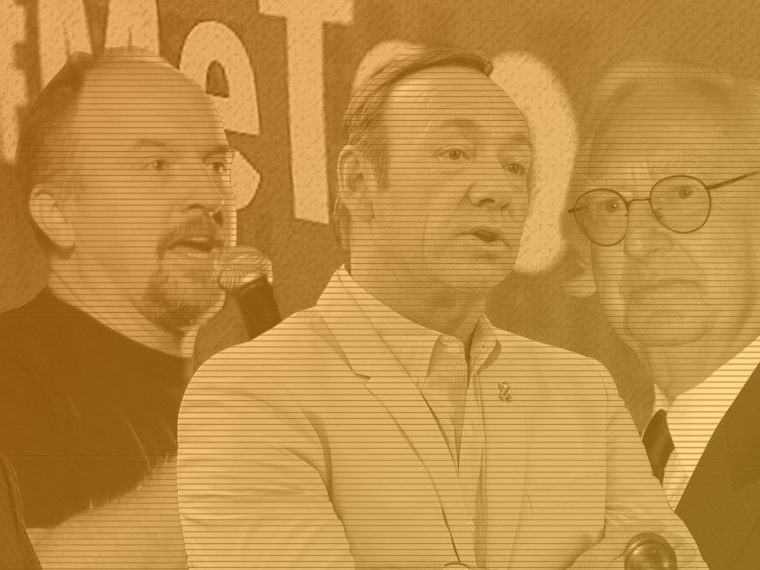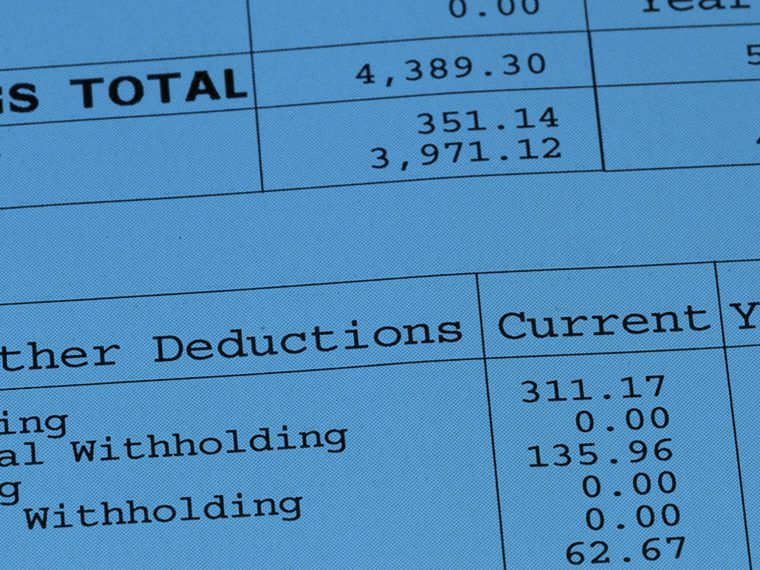Women — and some men — more inclined to apply for positions
Women represent nearly half of the U.S. workforce, but the distribution is anything but smooth. In the highly in-demand and remunerative STEM fields, women hold about one-quarter of jobs. Just 1 in 3 personal financial advisors are female, which is in line with female representation in what’s known as general and operational management jobs.
There is a rich stew of systemic reasons for why this persists. Long-lingering social (occupational) norms, an education system that however inadvertently can dissuade girls from paths leading to STEM careers, and the relative lack of female role models in top positions to inspire (and hire) come to mind.
Opt In to the Review Monthly Email Update.
Research has also established that even when there are women interested and qualified for jobs in male-dominated fields, the wording in job advertisements can be a turnoff.
Confident, Strong, Outspoken
Past research has shown that some words are perceived as advertising for qualities and characteristics that are decidedly male. It isn’t solely that words such as “confident,” “strong,” “outspoken,” “aggressive” and “entrepreneurial” resonate with men, but rather that the inclusion of those words seems to suggest a stereotypical masculine work environment and culture, and repel some women who aren’t as prone to identify with those traits. The established “Lack of Fit” theory finds that male-gendered verbiage can signal to women that they don’t belong. That may dissuade some women from applying for jobs laden with words that trigger stereotypical masculine connotations.
While tossing in some stereotypically feminine verbiage (e.g., “considerate,” “supportive,” “communicative”) might seem a useful corrective to balance the gender stereotypes, UCLA Anderson’s Joyce He and University of Toronto’s Sonia Kang offer evidence that a more effective approach could be to completely replace all gender-loaded wording. For instance, swapping out “entrepreneurial” for gender-neutral wording such as “willing to pursue new and creative ideas.”
In a working paper, they show that “undoing” gender in advertisements not only increases interest among potential female job candidates but also appeals to a significant portion of men, as well.
As part of this research, He and Kang show that gender identification — the extent to which individuals see their gender category (e.g., woman, man) as being an important part of their identity — is not a binary choice where you’re either all-in on male attributes or all-in on female attributes. Plenty of us who identify with one gender are in fact somewhere on a spectrum within that gender; possessing some of the attributes associated with that gender, but not all. (This research did not address individuals who identify as nonbinary.)
Good Intentions, Unintended Consequences
He and Kang show that de-biased ads not only appeal to women but also increase interest among men who are less rigidly tied to stereotypical male attributes. In one experiment, participants were shown examples of masculine words and then asked if the inclusion of such words in a job advertisement might sway their decision to apply. Perhaps not surprisingly, more than half of women said masculine wording would reduce their likelihood of applying. More intriguingly, one-third of the nearly 400 men in the study said they, too, would be less likely to apply to an ad laden with masculine-associated wording.
In a world in which good intentions (increased gender diversity in the workplace) can often run into unintended consequences (appealing to one cohort can antagonize another) their approach of removing gender-laden language in job advertisements might be a win-win.
He and Kang rely on first names as their proxy for gender. They draw on past research that created a database of names sorted by gender (male, female, unknown). This data package also includes calculations for the “male typicality” of a given name: the proportion of men historically who have that name. They compared the database categorizations with the self-reported gender and gender identification questions they had more than 700 participants complete.
There was more than 90% agreement between the dataset categorizations and how people self-reported their gender. Moreover, they found that the dataset’s calculation of “male typicality of name” was a solid predictor of the intensity of male gender identification. Male participants who saw their names as more “masculine” self-reported higher gender identification, and men who saw their names somewhat lower on the masculinity spectrum self-reported weaker gender identification.
These findings provided the backbone for their research, as it enabled them to use the gender-name dataset to sort and analyze participant responses not just on name, but on a level of gender identification.
Testing Out the De-Biasing Intervention in the Field
In one study, He and Kang analyzed more than 500 job postings from a large Canadian employer that had attracted more than 30,000 applicants between September 2015 and January 2017. They focused on male-dominated job postings; the average percentage of female applicants was less than 40%. Kang and He ran the job postings through an analytical tool that searched for words previous research has established as gendered. Examples include “ambitious” and “assertive” as masculine and “compassionate” and “understanding” as feminine.
They found that in ads that had below-average usage of masculine wording, women accounted for 41% of job applicants, whereas when there was above average masculine verbiage, women comprised 34% of the applicant pool.
To further explore the impact of gendered wording in ads, they next turned to a Canadian investment firm that agreed to let the researchers edit a job ad that ran every month for an entry-level position that has historically had an outsize number of male applicants. They studied applicant gender data for more than 3,000 applicants between September 2015 and October 2019.
Kang and He examined the existing ad for its inclusion of stereotypical masculine words. They had 22 months of applicant data that was based on this “control” advertisement. They then stripped out all gendered wording from the ad and had 10 months of data to analyze. The proportion of women relative to men applying for the job increased 4% after the de-biasing of the ad. Moreover, there were more applicants — female and male — after the de-biasing.
The pickup in male applicants was driven by men with less male-typical names, furthering their earlier theory that gender-de-biased ads appeal more to men who are not at the extreme in terms of male identification.
More Women, More Men
Kang and He then turned to the lab to dig deeper into their de-biasing theory. They had nearly 700 participants view the same ad that ran for the investment firm (original/control and the manipulated/de-biased versions.) They also had participants complete a series of questions that enabled the researchers to measure the perceived appeal of the job listing and the likelihood the participant would consider applying. This time, the researchers directly measured participants’ self-reported gender identification.
Across the board, more participants thought the job was appealing when the advertisement was stripped of any gendered wording.
Peeling the onion a bit, He and Kang found that women were more likely to apply based on the de-biased ad regardless of whether they had low, average or high gender identification. The story for men was more nuanced: In line with their earlier experiments, it was men with lower gender identification who were more swayed by the de-biased ad. Men who strongly identify with masculine traits were less likely to react positively to the de-biased ad.
That may be a palatable trade-off if the goal is to increase female representation in male-dominated jobs. Especially when men with a less intense level of masculine identity were in line with women in the study: The gender de-biased ad was more appealing to them as well.
“Our work shows that expanding the conceptualization of gender beyond binary categories could drive novel theorizing that is better able to capture societal shifts in notions of gender categories and associated stereotypes, as well as individual variation in the lived experience of gender,” the authors write.
Featured Faculty
-
Joyce C. He
Assistant Professor of Management and Organizations
About the Research
He, J., Kang, S. (2022). Identities between the lines: Re-aligning gender and professional identities by altering job advertisement language. In Academy of Management Proceedings Vol. 2022, No. 1, p. 10415). Briarcliff Manor, NY 10510: Academy of Management.
